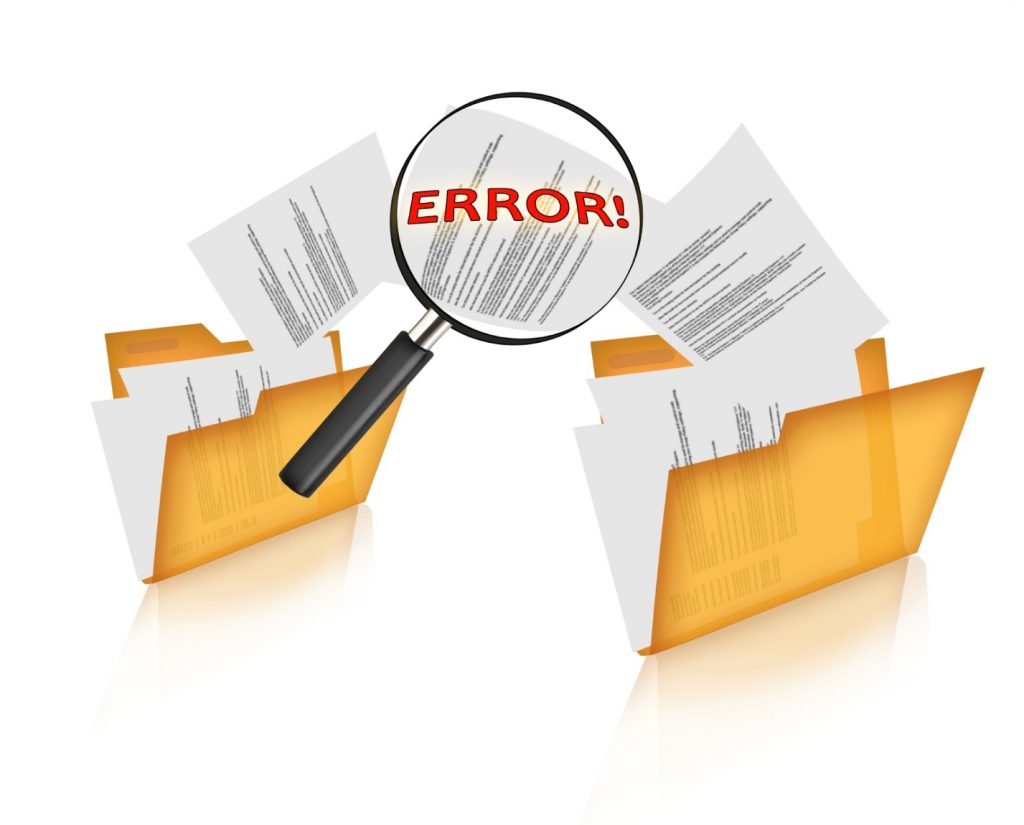Most people with a marketable product idea protect it by filing a provisional patent while they continue to develop further their idea. As the United States Patent and Trademark Office explains, this type of patent application allows you to protect your idea by securing a patent pending status without having to submit a formal patent claim, declaration or oath, or the information disclosure statement required of a nonprovisional patent application.
Here at Lonestar Patent Services, our U.S. registered patent attorneys write and file provisional applications while our clients perfect their inventions. This interim step before filing a nonprovisional patent application affords the opportunity to test the market for the invention and make sure patent claims are all-inclusive to protect against competitor redesigns.
Many people try to save money and perform the provisional patent filing themselves without seeking legal guidance. Unfortunately, this often leads to missteps that could result in an incomplete filing that jeopardizes the patent protection of your invention.
The three most common provisional application mistakes we see occurring with those who take the do-it-yourself route are:
1. Not Including Enough Description Details. Under the U.S. Patent Act, the interim patent filing must include the same level of detail when describing your invention as required in the nonprovisional filing. Without sufficient details, a filing date cannot be established, which means your invention is not protected.
In addition, an incomplete description could lead others to contest your patent by claiming you did not have a completed invention at the time of filing for patent pending status.
Remember, providing the full scope of your invention is essential to having a valid provisional patent application.
2. Not Considering All Variations. Many inventors are comfortable describing their product idea, but they fail to go deeper and think about possible variations and alternatives that competitors can use to sidestep their patent.
All possible variations need to be covered in your patent application to prevent competitors from finding a way to duplicate your idea without infringing on your patent. Also, think about optional features one can add to your invention. This is another way competitors can exploit if not claimed by you in your preliminary filing.
It’s important to include broad and detailed descriptions, claims and disclosures of these alternatives, variations, and optional features, so it is clear what your patent covers. Even if these alternatives do not work well or do not deliver optimal performance, it is crucial to include them in your provisional filing nonetheless. Unfortunately, the knock-off industry makes a lot of money selling inferior products.
3. Not Filing a Nonprovisional Patent After 12 Months. A provisional patent is only good for 12 months from its filing date. After that, your invention is not protected unless you file a corresponding nonprovisional patent application before your patent pending status expires.
Under no circumstances can a provisional application be extended, so be sure to secure your patent before it expires.
A Winning Formula With Lonestar
When you have an idea, there’s a lot of research, development, engineering drawings, 3D renderings, prototypes, market research and patent applications to do before your product can hit the market.
At Lonestar Patent Services, we lend a helping hand, working with you through all invention R&D stages. Since 1988, we’ve been helping inventors turn their ideas into fully developed products and present them to industry-specific Fortune 1000 corporations for purchase or licensing.
We’d like to do the same for your idea as well. Contact Lonestar today and save yourself a lot of time, effort, and missteps by putting your trust in the intellectual property experts.


